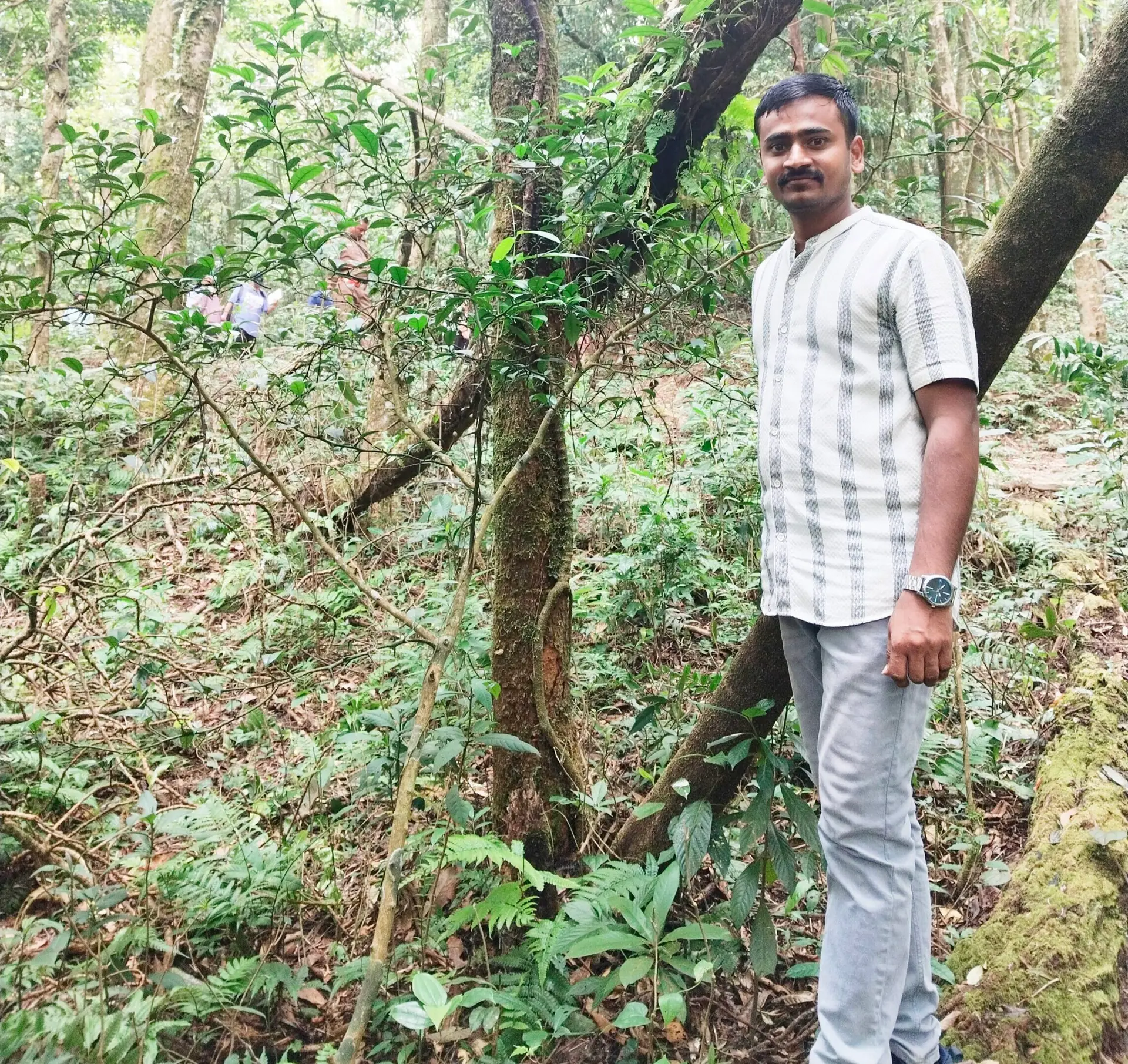
Citrus indica, a forgotten heritage species of North East India belonging to the family Rutaceae, is also known as wild orange and is believed to be the progenitor of cultivated oranges. The local names for Citrus indica include “Memong Narang,” meaning “Fruits for Ghosts or Departed Human Spirits” in the Garo language. Initially, it was believed to be restricted to the Nokrek Biosphere Reserve in the Tura range of Garo Hills, Meghalaya. However, recent studies have reported its presence in the wild in Assam and Manipur. The fruit holds cultural and medicinal significance for the Garo tribes and is often found in their backyards. Although not typically edible, it is used in traditional medicine to treat various health issues. Beyond its cultural and medicinal importance, this species is genetically valuable and is used as a rootstock for cultivated citrus varieties. However, it faces the risk of extinction due to habitat fragmentation, human activities, and a lack of regeneration capacity. Conservation of this species is urgently needed.
Let’s dive deep into its cultural and medicinal significance, possible threats to its survival, and potential conservation strategies.
Common Names
English: Wild Orange
Garo Language: Memang Narang
Khasi Language: Soh Kumphlair
Jaintia Language: Sa Kymphrai
Primary Habitat: Mostly found in Garo Hills, below 1,000 meters above sea level.
Cultural Significance
- Religious Belief: The Garo people place a fruit on the deceased before cremation to protect the living from any spiritual effects.
- Aesthetic Value: Often grown in home gardens for ornamental purposes due to its fragrant flowers and bright, scarlet-red fruits.
- Drying Techniques: Traditional methods include sun-drying, where fruits are strung up or placed outside. Smoking using bamboo racks (gamchang) over a fire is another technique.
Medicinal Significance
- Antidote for Food Poisoning: The fresh fruit or juice is used to treat food poisoning; dried fruit can be used with an increased dosage.
- Treatment for Various Ailments: Believed to cure hypertension, snake bites, jaundice, and smallpox.
- Energy Drink: The juice is also used as an energy drink to combat fatigue and dehydration.
Possible Threats to the Survival of Citrus indica
Discovered in 1928 by Tanaka in the Nokrek Biosphere Reserve of Garo Hills, this endemic species has since seen its population shrink. It was once found throughout North East India, but now its presence is mainly limited to Nokrek, with a few reports from Assam and Manipur. The loss of this species would be a significant blow to biodiversity. Key threats include:
- Deforestation: According to the India State of Forest Report (ISFR) 2021, major forest cover loss occurred in Arunachal Pradesh (257 sq km), Manipur (235 sq km), Mizoram (186 sq km), and Meghalaya (73 sq km). This loss is due to shifting cultivation, tree felling, anthropogenic pressure, and developmental activities, leading to habitat fragmentation.
- Selective Cultivation: Preference for more profitable citrus varieties puts Citrus indica at risk of extinction.
- Human Intervention: A “Citrus Gene Sanctuary” was established in the Nokrek Biosphere Reserve to protect the species, yet increasing human activities near the sanctuary and slow regeneration are major concerns.
- Slow Natural Regeneration: The absence of propagation techniques like air layering, budding, micropropagation, and grafting hinders growth.
- Recalcitrant Seeds: These seeds cannot withstand drying or freezing, making ex-situ conservation challenging. Unlike orthodox seeds, citrus seeds lose viability quickly.
- Inadequate Conservation Methods: Despite efforts at in-situ conservation, a lack of research on ex-situ methods adds to the threat to the species’ survival.
Conservation Measures
The fragmentation and destruction of habitats pose severe threats to the survival of the endangered Citrus indica. If this trend continues, extinction is imminent. Urgent and immediate conservation efforts are needed due to the species’ endemism and high degree of threat. The following strategies can help:
- Protection from Human Intervention: Reduce deforestation, prevent shifting cultivation, illegal mining, encroachments, and other factors that degrade habitats.
- Community Engagement: Involve local communities in sustainable practices such as community forestry and agroforestry to benefit both people and wildlife while reducing unsustainable harvesting.
- Regular Monitoring: Regular population monitoring is crucial to develop conservation strategies based on ecological needs.
- In-situ and Ex-situ Conservation: Establish more gene sanctuaries, nature reserves, gene parks, seed banks, cryopreservation facilities, and integrate Citrus indica into social and agroforestry systems.
- Research on Vegetative Regeneration: Developing propagation techniques like air layering, grafting, and micropropagation could safeguard this valuable genetic resource.
Conclusion
The preservation of Citrus indica, a vital yet endangered heritage fruit of North East India, is crucial to safeguard both biodiversity and cultural heritage. With its unique cultural, medicinal, and genetic importance, the species faces critical threats from habitat loss, human interference, and limited regeneration capacity. Urgent conservation efforts—including in-situ and ex-situ strategies, community involvement, and research into regeneration methods—are essential to prevent its extinction. Protecting Citrus indica is not only an ecological imperative but also a commitment to preserving the region’s rich cultural legacy for future generations.

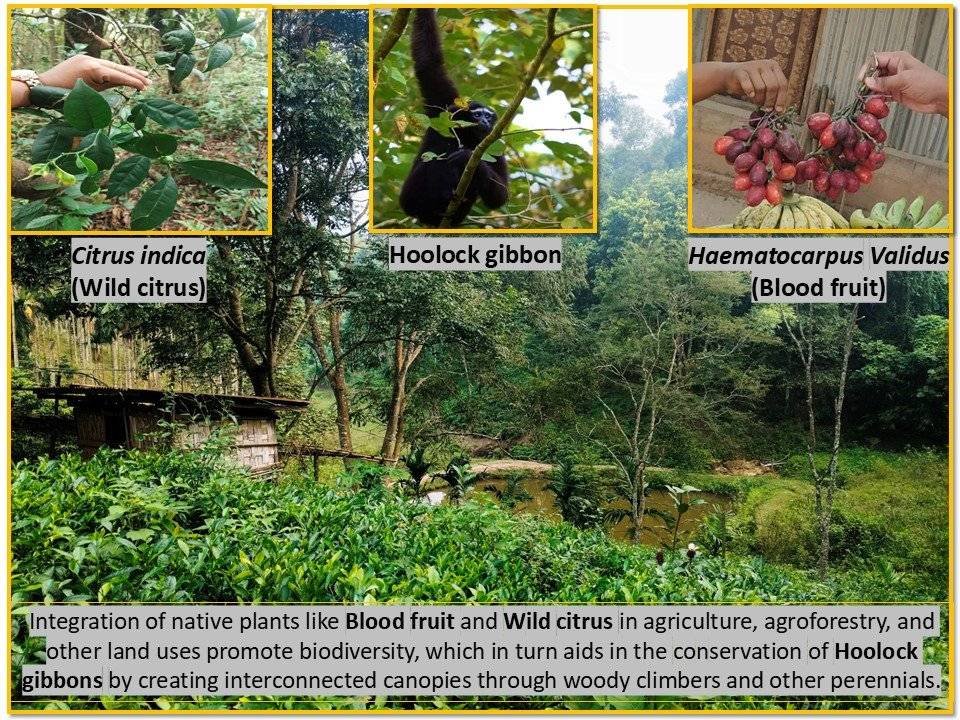
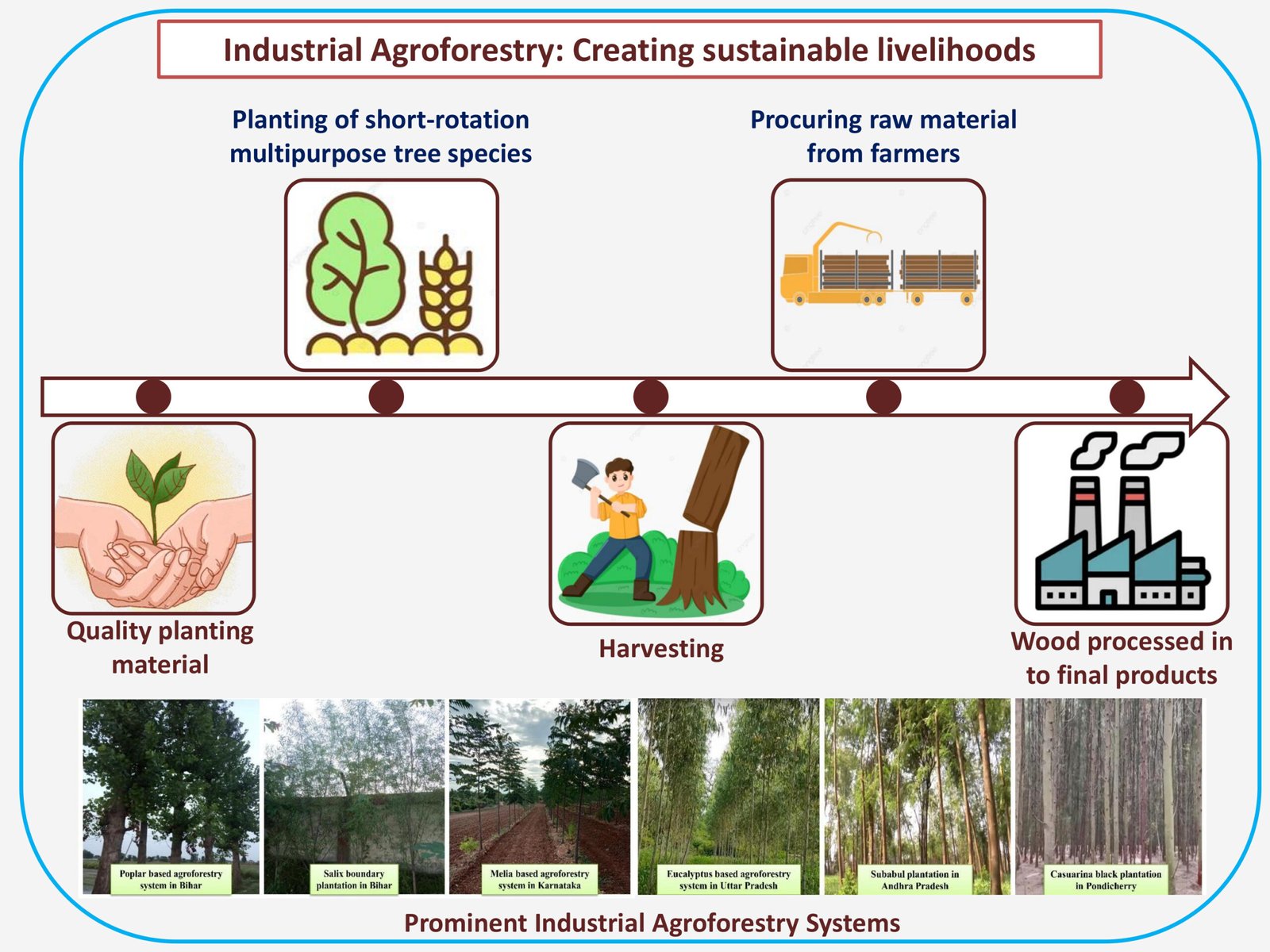
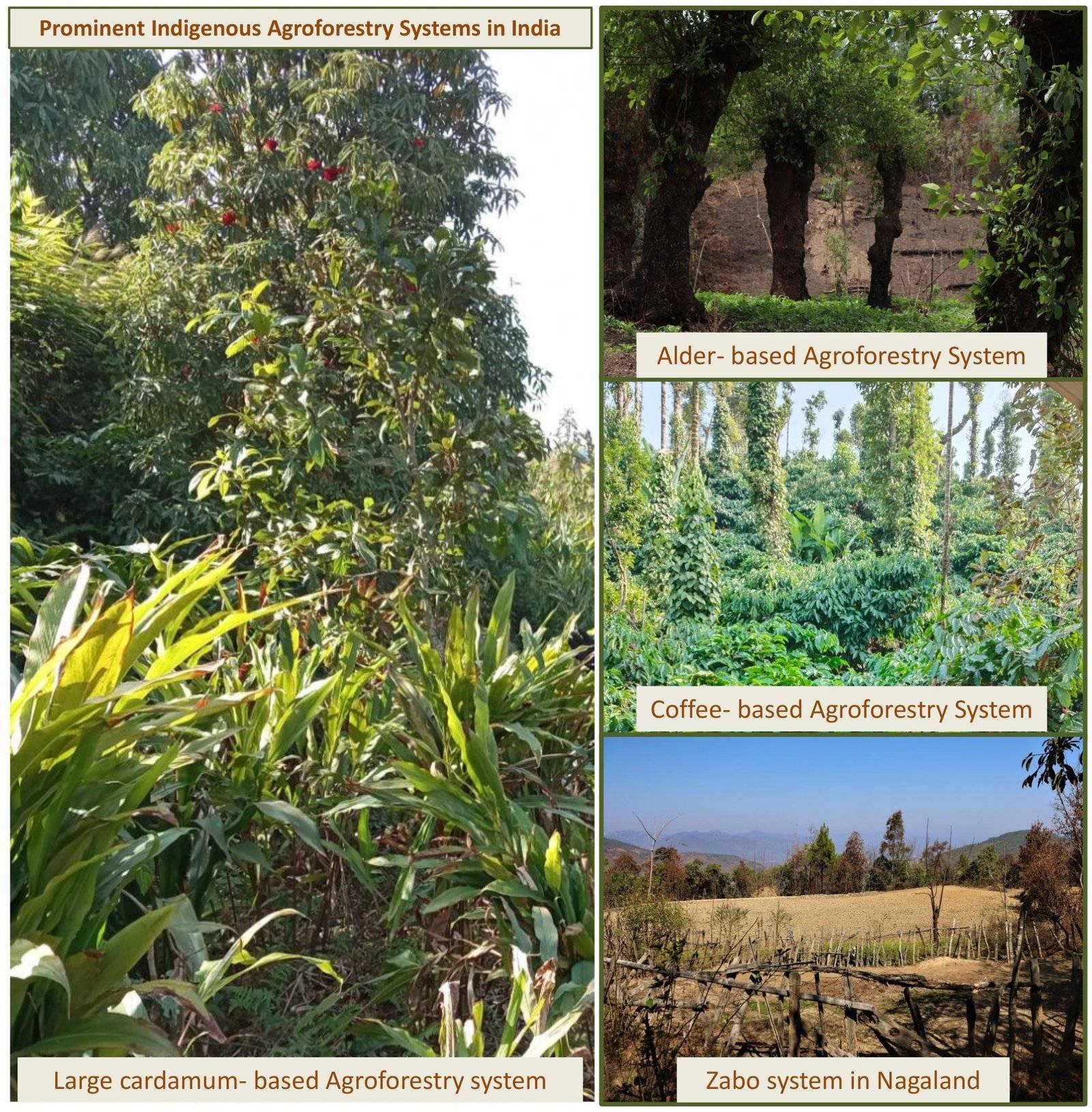
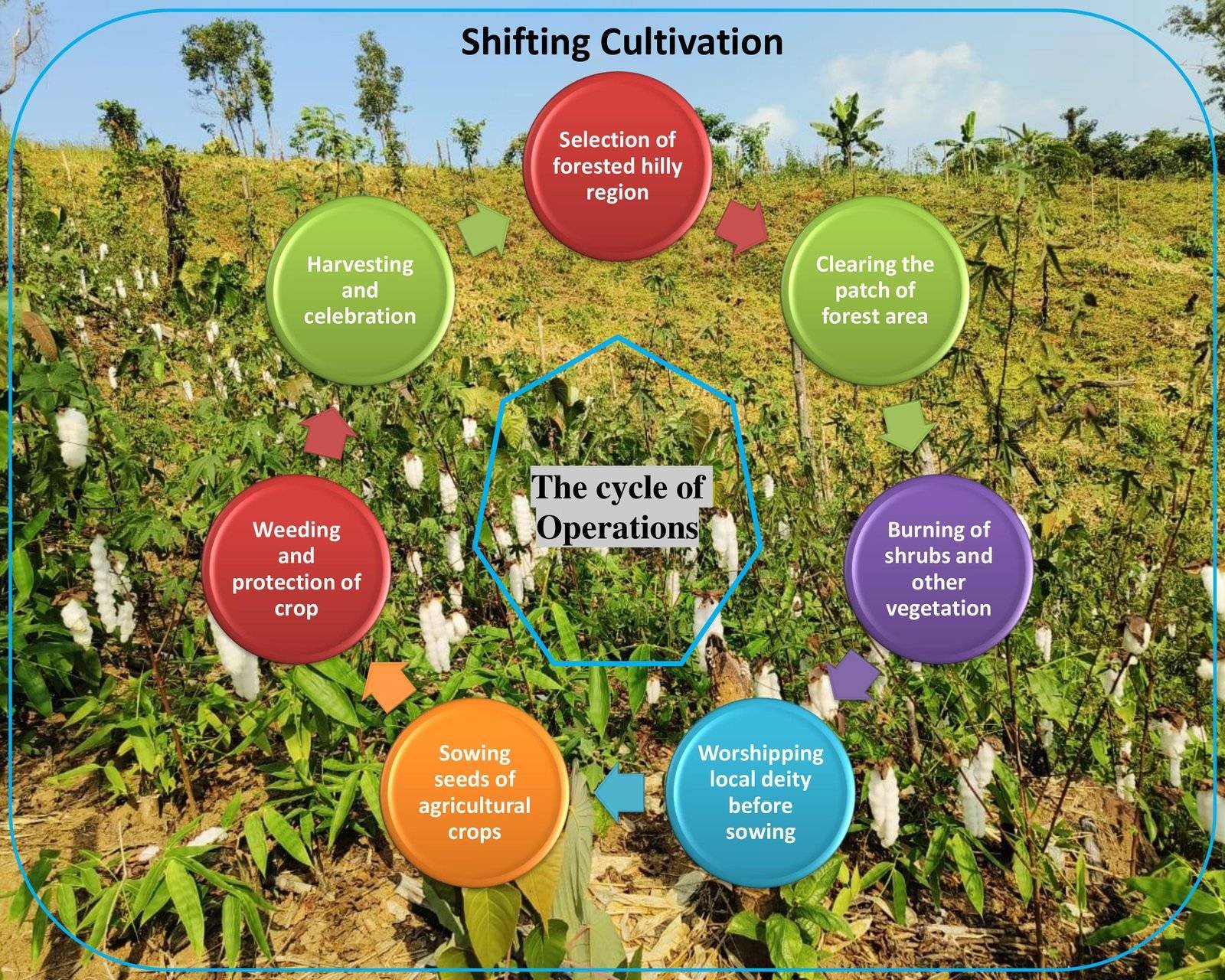
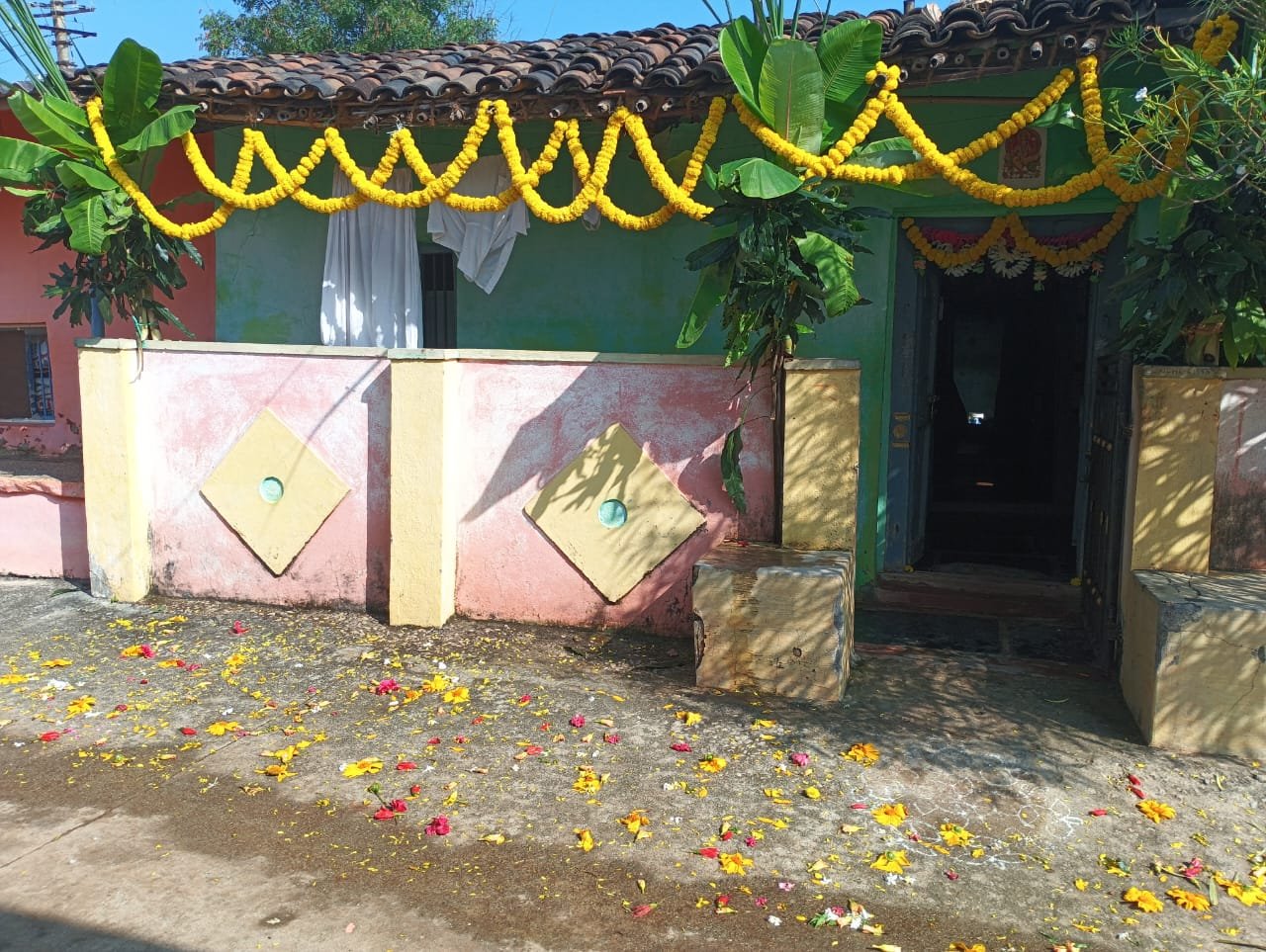
A similar type of this is found in Peren District of Nagaland.
However as i was going through this article there seems to be a slight difference. In this article, I find that Citrus Indica is not usually for consumption, however the one that we get here is used for consumption, it’s outer cover is sweet and the inner flesh is abit sour.
It grows in the undisturbed forest in moist soil, mostly near water source or wet lands.
Do you have any idea of such citrus? Maybe the name.
Exploring and learning from different locations and cultures is always enlightening. Good observation sir! We certainly plan on visiting the Peren area in the future. We’ll learn more about it. Thank you sir.
Regards
– Dinesha and Shridevi